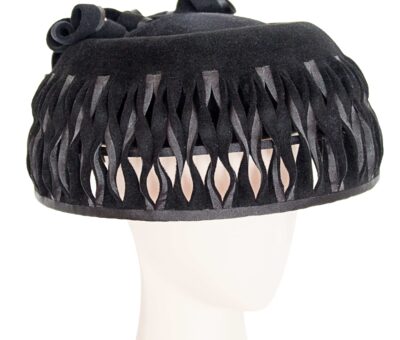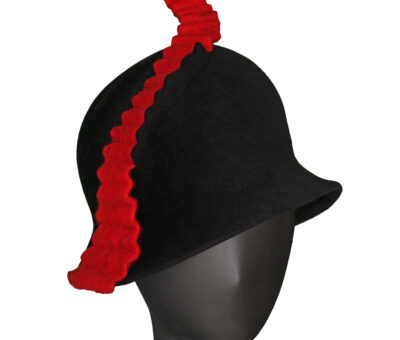15th edition “The art and manner”
Every two years since 1995, the Atelier-Musée du Chapeau organizes the International Hat’s Art Competition. This is a hat competition, open to designers from all over the world, based on a new theme each time.
For this 15th edition, the theme was “The art and manner”, and 126 designers from 19 countries took part.
Painted, drawn, engraved, sculpted, photographed, filmed, sung, narrated… hats are present in all forms of artistic expression. Participants proposed creations inspired by a piece of art, reinterpreted an artwork, or even imagined a hat where none existed before. The place of fashion among the arts and how hats may be wearable works of art, was also addressed.
The jury of professionals, chaired for the 5th time by the great British milliner Stephen Jones, awarded 10 prizes.
The 15th International Hat’s Art Competition exhibition runs from 25 May to 2 November 2025.
Come and discover 88 of these creations in an original scenography by Marion Lyonnais.
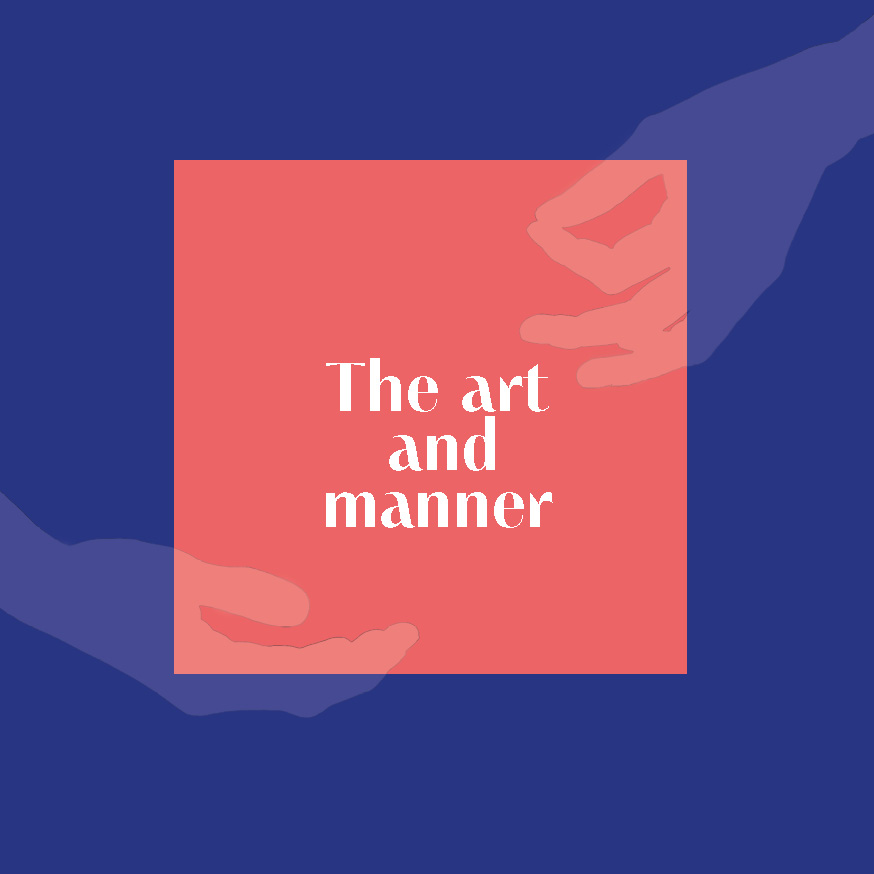
Competition
126 hats were sent from 19 different countries, including Japan and Australia.
On 26 March 2025, they all have been examined by the judging panel, consisting of:
- Stephen Jones, chair of the jury for the 5th time, world-renowned British milliner and head of the hat studio in the house Christian Dior
- Alexandra Chamaillard, “Meilleur Ouvrier de France” milliner (French title for finest craftmanship), millinery teacher at Lycée Octave Feuillet in Paris
- Charlotte Croissant, textile curator for the museums of Clermont-Ferrand city, exhibition curator of the FITE (biennal festival for textile contemporary art)
- Wies Mauduit-Jansen, Dutch milliner who worked at the Comédie Française (famous Parisian theatre), writer for The Hat Magazine and Hatlines

126 hats were sent from 19 different countries
Awards
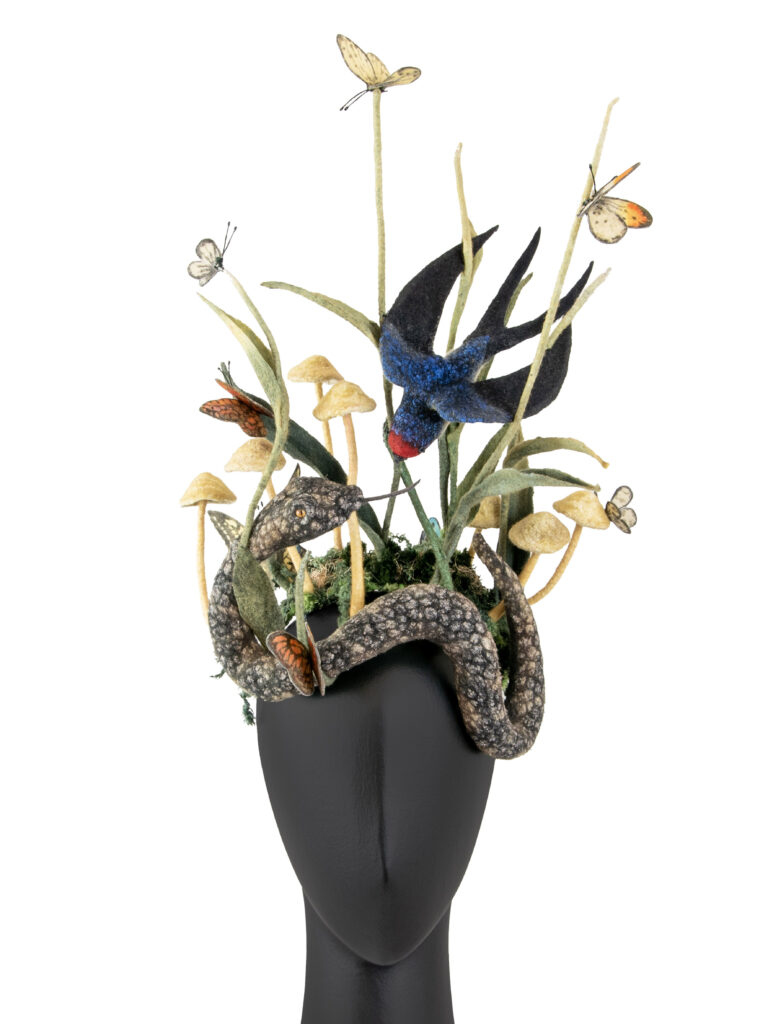
Creativity prize – Stephen Jones
Saar SNOEK
NETHERLANDS (Sellingen)
“Sottobosco (Forest Floor)”
Headpiece: small wired crin base, covered with moss made of hand-dyed crocheted Japanese silk yarn. It is sprinkled with golden metal threads and faceted crystal-like beads.
Mushrooms and foliage in hand-felted and hand-dyed merino wool emerge from the moss, on wired stems. On top of this vegetation, various butterflies made from thin pieces of handmade felt covered in painted silk.
At the front, a brown snake rises towards a blue swallow, both handmade using the same felting technique.
This scene is inspired by the still lifes painted in the 17th century by the Dutch artist Otto Marseus van Schriek, on the atypical theme of the forest flora and fauna.
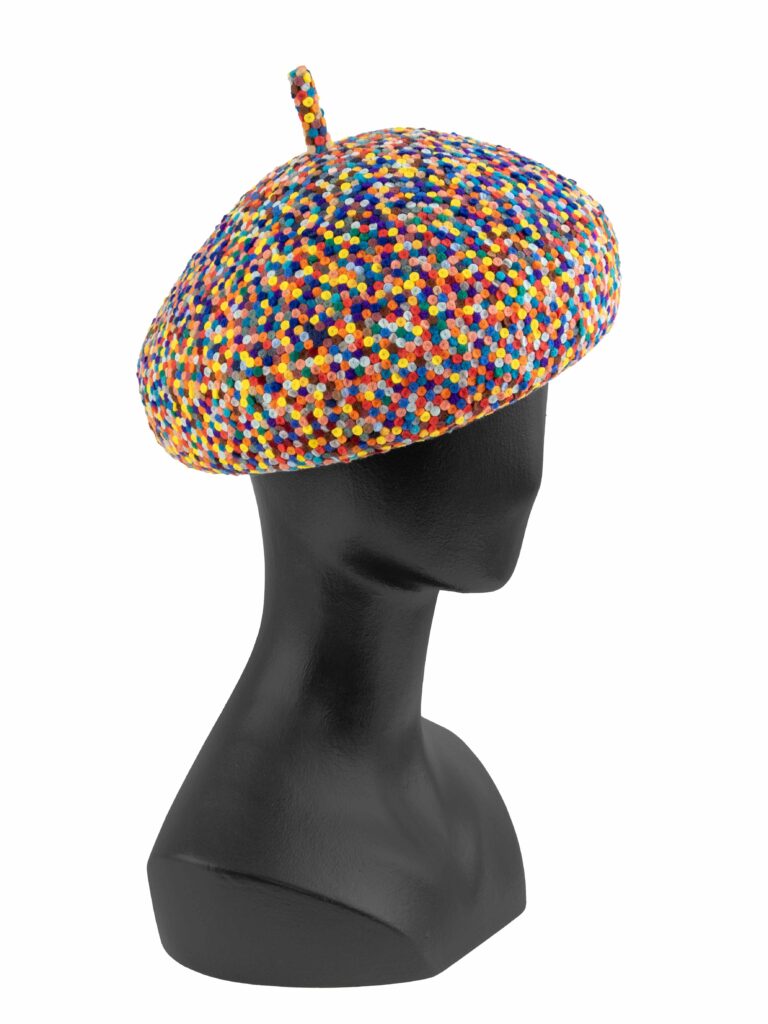
Craft prize – Chazelles-sur-Lyon city
Marthe DUMAS
FRANCE (Provins)
“Le Pointill’ Hat”
White fur felt beret, entirely trimmed with 6,350 small multicoloured felt dots, each sewn with a stitch. The top of the beret is adorned with a strand called a cabillou, also covered in dots.
This beret is a tribute to the French painter Georges Seurat, who developed the pointillist technique in the 1880s. The white felt on the base is reminiscent of the painter’s blank canvas, while the beret is a nod to Paris.
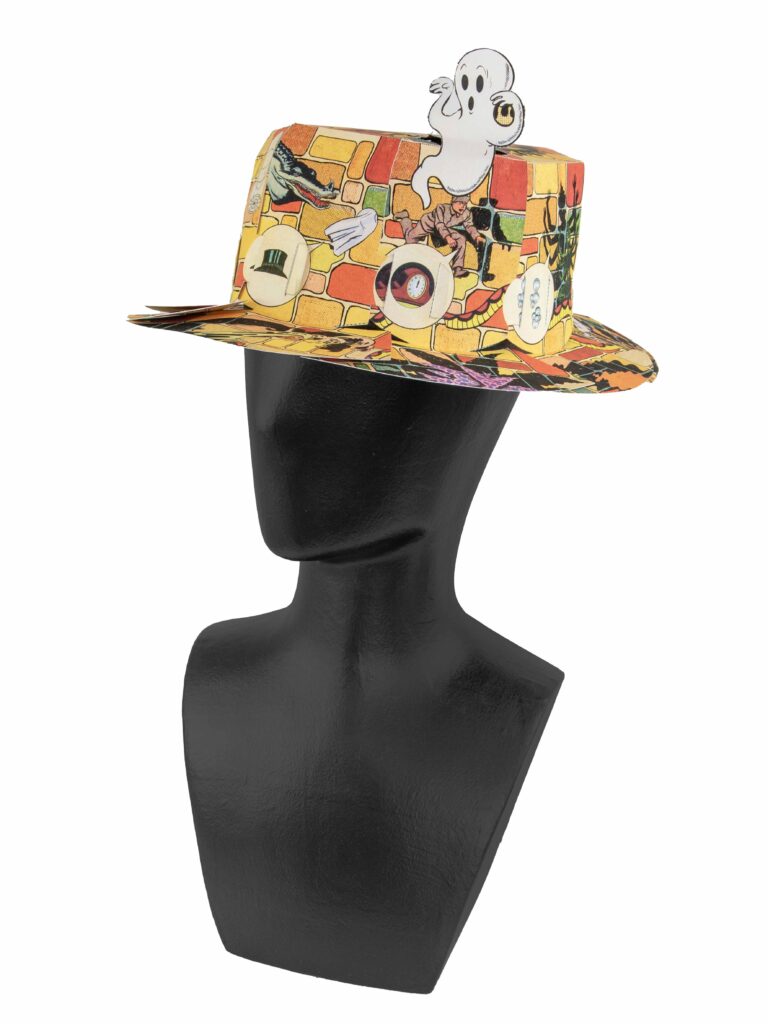
Innovation prize
Susanne SCHMITT
GERMANY (Darmstadt)
“Haunted hat”
Paper boater assembled using a system of tabs, made from a cut-out poster by Samplerman. This contemporary French illustrator specialises in digital collages based on vintage American comic strips. Against a backdrop of multicoloured bricks, various characters and objects follow one another in a chase punctuated by disturbing shadows. A small white ghost is cut out and raised on the top of the crown.
This boater is the result of a collaboration between the milliner who designed the pattern and made the assembly, and the illustrator who designed the poster for this project.
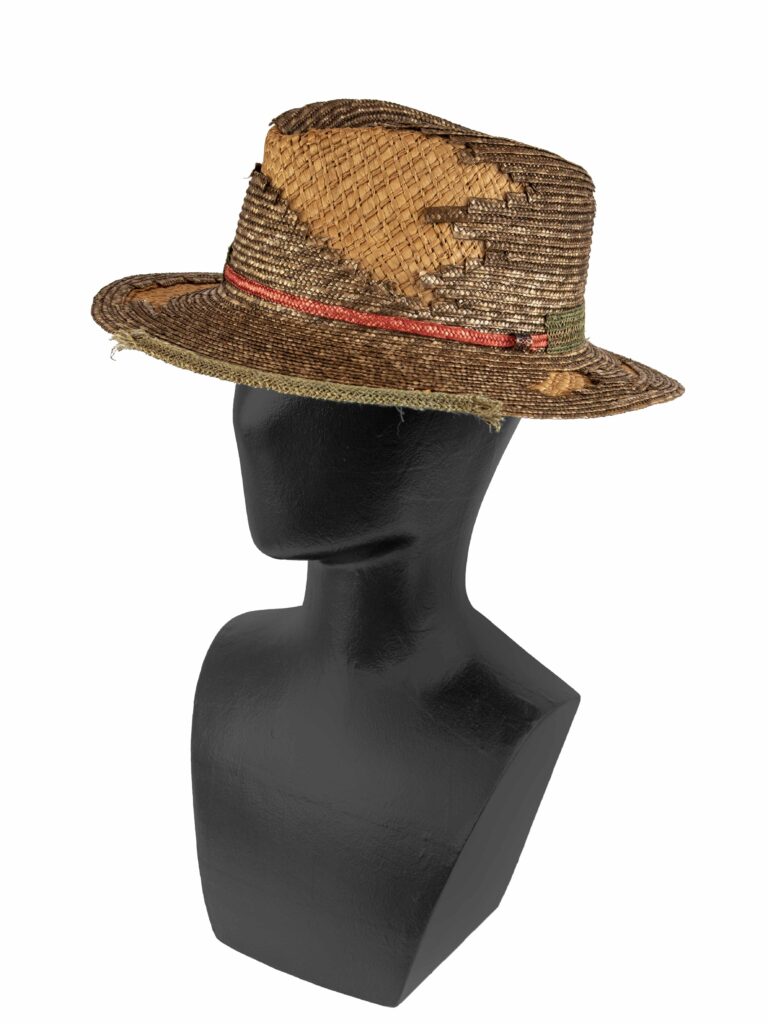
Ready-to-wear prize
Naoki NAMIKI
JAPAN (Tokyo)
“The accumulated time”
Natural raffia hat, covered in sewn straw braids to give the illusion of a hat with gaps. The straw is hand-dyed in bronze from Japanese tea branches and leaves.
The crown is encircled by a fine braid of red straw, hand-dyed from sappan bark. It is partly hidden by a green braid of hemp, which also borders the hat. The hemp represents the moss-covered path leading to the red wooden temple, seen through the trees. The gaps in the bronze straw symbolise the precious marks left by the passage of time, a form of sacred beauty.
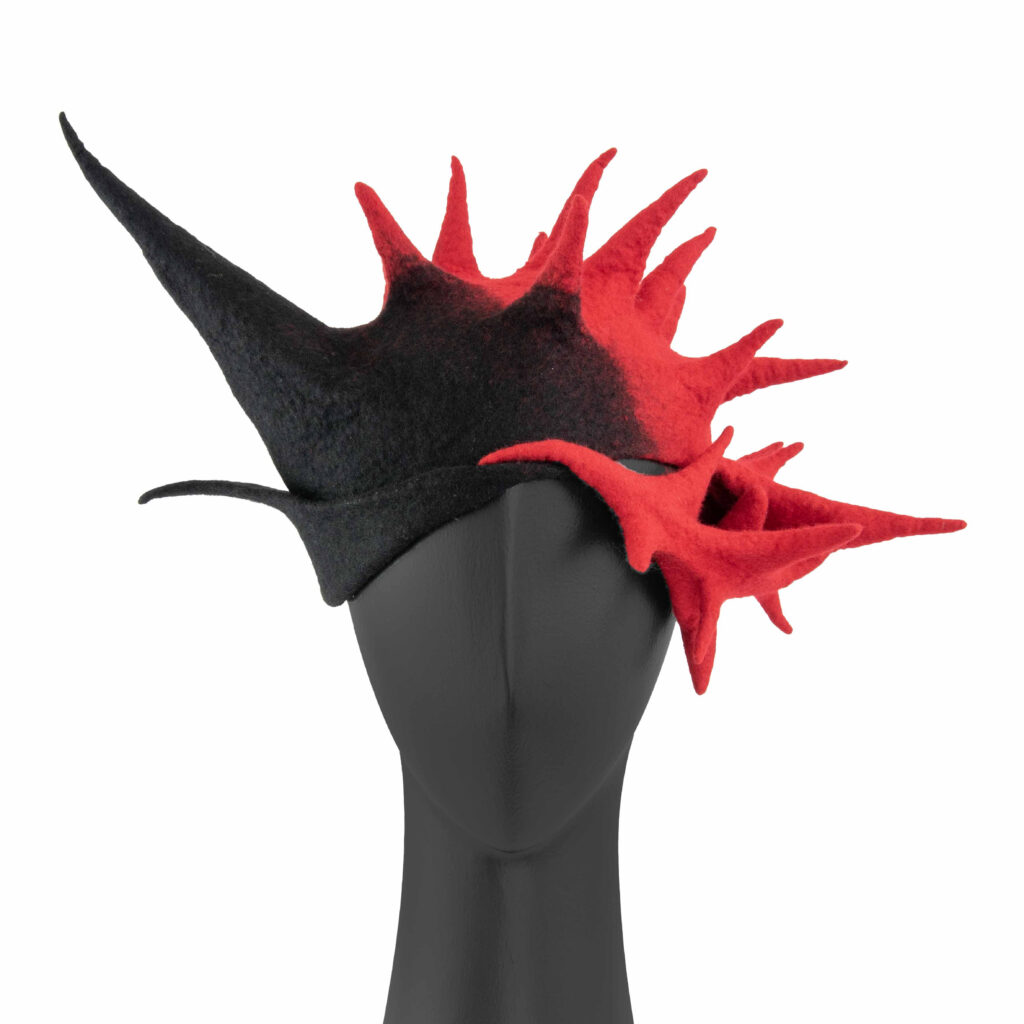
Technicity prize
Sayaka ONO
JAPAN (Tokyo)
“Paradoxical movement”
Two-coloured headdress in New Zealand merino wool, hand-felted in one piece.
The black part forms a large straight point, with a folded-up hem on the side. The red part is bristling with spikes of different sizes.
This headdress expresses the opposition between manners, synonymous with calm and immobility, and art, with its impulsive, intense and free movement.
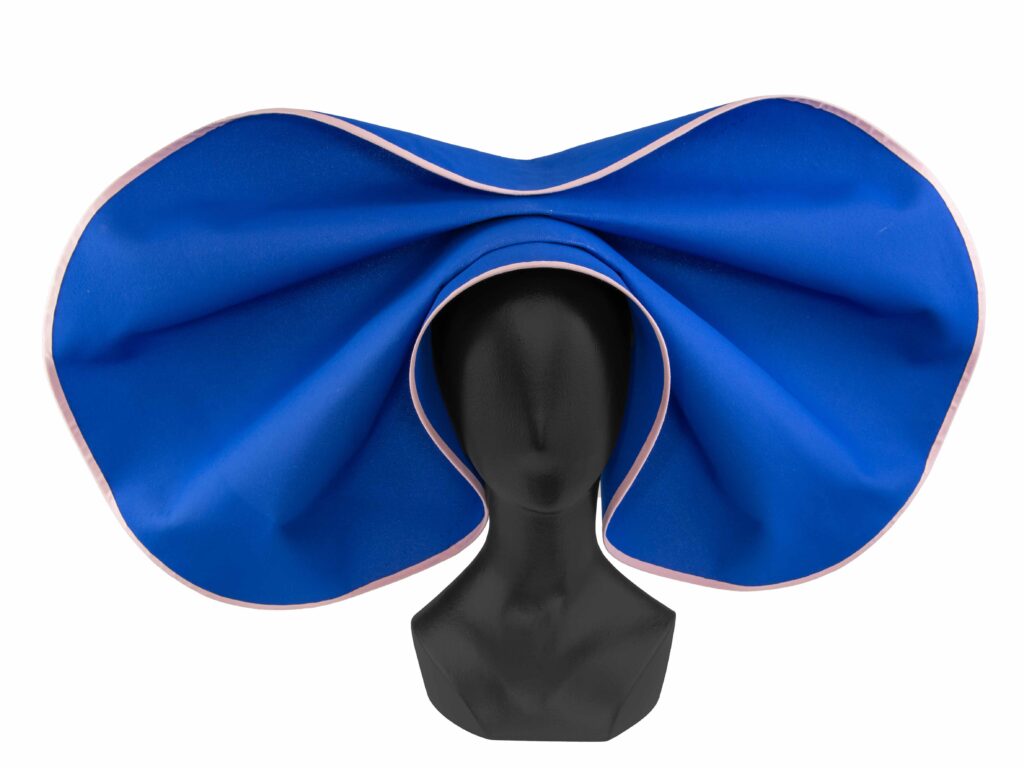
Prize for best concept
Frida BARFOD
DENMARK (Copenhagen)
“Blue Shapes”
Voluminous wide-brimmed hat, made of blue muslin covering a wired foundation fabric. It is edged with a pink cotton bias. It starts out as a disc with snap fasteners so you can fold it in several places to give it volume. Once assembled, this creation can be worn in two different ways.
Its shape and colour are inspired by the works of contemporary artist Farshad Farzankia, an Iranian painter based in Denmark.
The concept of moving from a flat surface to a 3D volume, and vice versa, means that this headdress can be easily stored and transported in a poster tube.

Prize for best interpretation of the theme
Mercedes CASADO
UNITED KINGDOM (London)
“Old Gernika, New Reality”
Black fur felt hat, with a large brim raised at the front, edged with a wired black grosgrain ribbon. Details of the painting ‘Guernica’ (1937) by Pablo Picasso adorn the brim. The figure raising their arms in front of their burning house, the eye with a light bulb and the arm with a broken knife are drawn on white and grey wool felt. On the side, a red felt flower, symbol of hope, loses its petals, which become tears, one of which hangs from the veil.
The Basque town of Gernika (Guernica), where the designer’s family comes from, was bombed in April 1937 during the Spanish Civil War. A continuity is established with ongoing conflicts and massacres around the world.
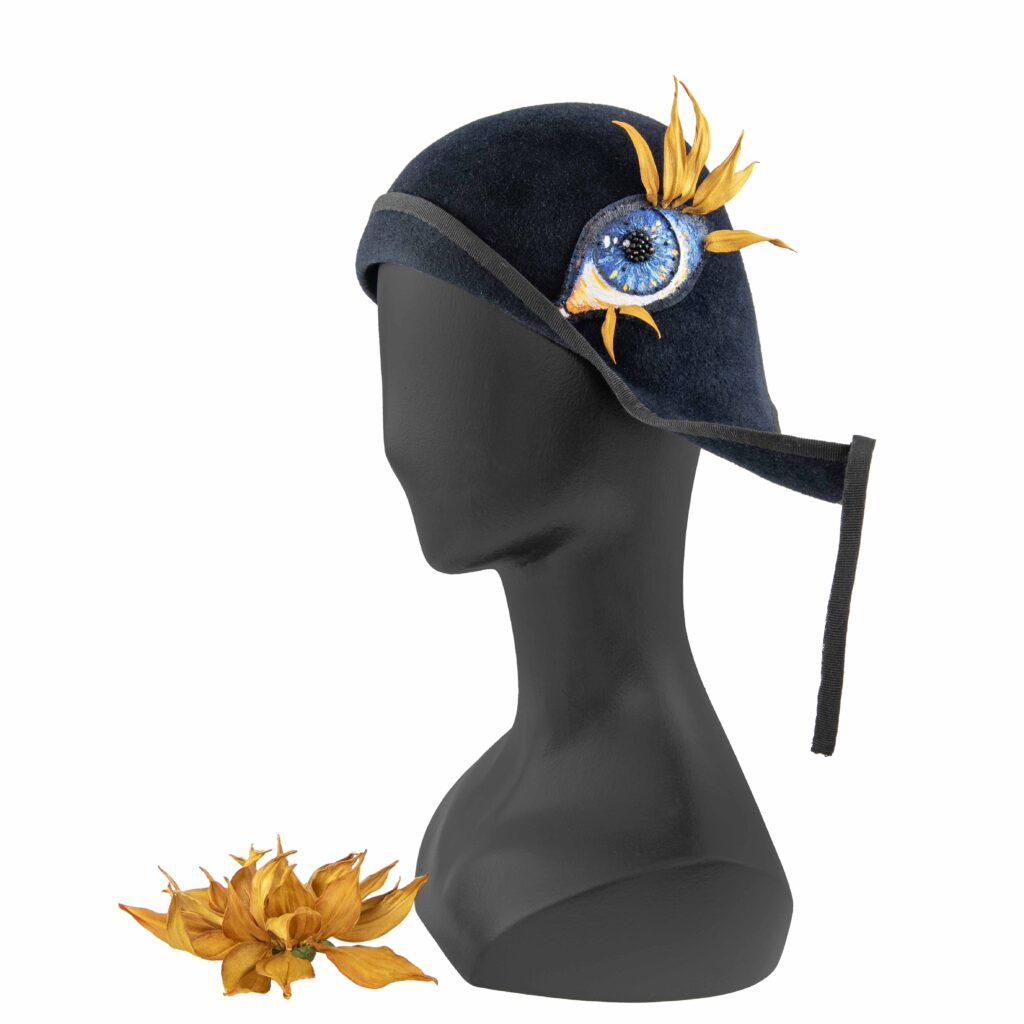
Jury’s prize
Aliona SLOBODENIUC
FRANCE (Saint-Nauphary)
“On the Gogh”
Headdress in black velour fur felt, with a small folded edge at the front, extended by 2 raised points at the side. It is edged with a black grosgrain ribbon, ending in a small fastening strap.
An acrylic-painted eye is applied to one side: blue iris, black pearls pupil, handmade lambskin leather eyelashes imitating sunflower petals. The touches of yellow in the iris refer to Vincent Van Gogh’s possible altered perception of this colour. The Dutch painter used yellow a lot, particularly in the ‘Sunflowers’ series produced between 1888 and 1889. It was during this time that the artist cut off his left ear, an incident reminded by the location of the eye.
This headdress is complemented by a magnetised ‘sunflower’ brooch in painted leather, which can also be worn as an earring.
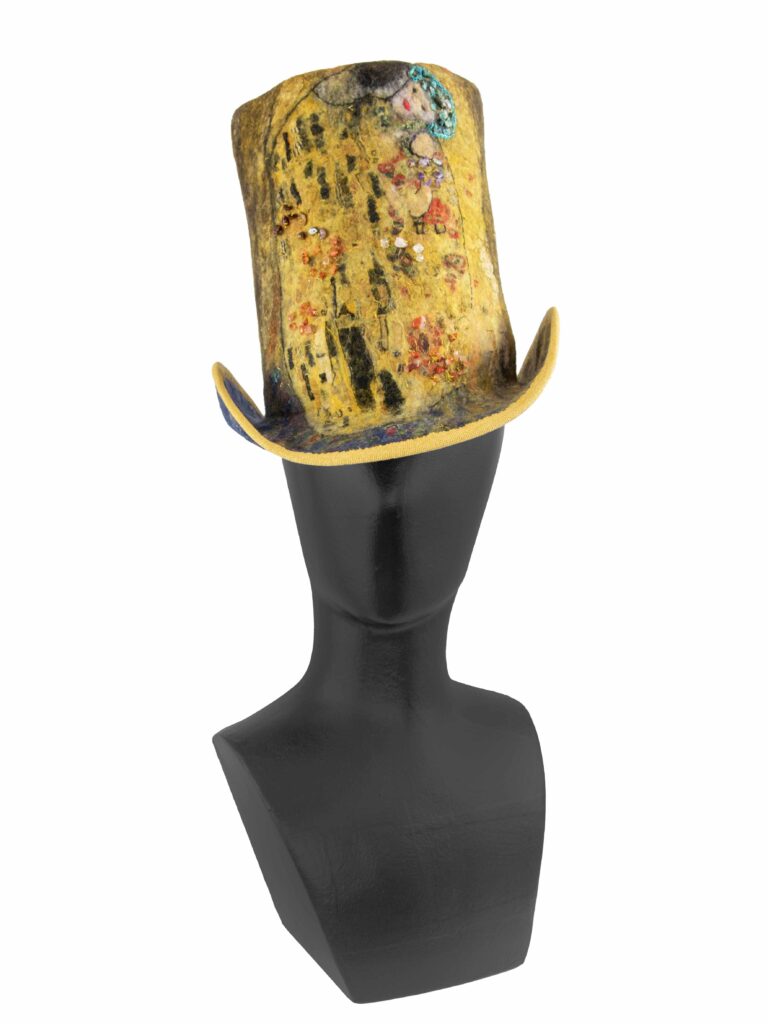
Jury’s prize
Carole PERVIER
FRANCE (Saoû)
“Felted kiss”
Handmade nuno felt top hat made from Australian merino wool. The nuno felt technique consists of incorporating other textile fibres into the wool, in this case Indian silks and gold metallic thread.
The hat features a reproduction of the painting ‘The Kiss’ (1908-1909) by Austrian painter Gustav Klimt. Embroidered beads in quartz, amethyst, agate, tiger’s eye and turquoise enhance the two figures. The raised wired brim is edged with a golden cotton and lurex grosgrain ribbon.
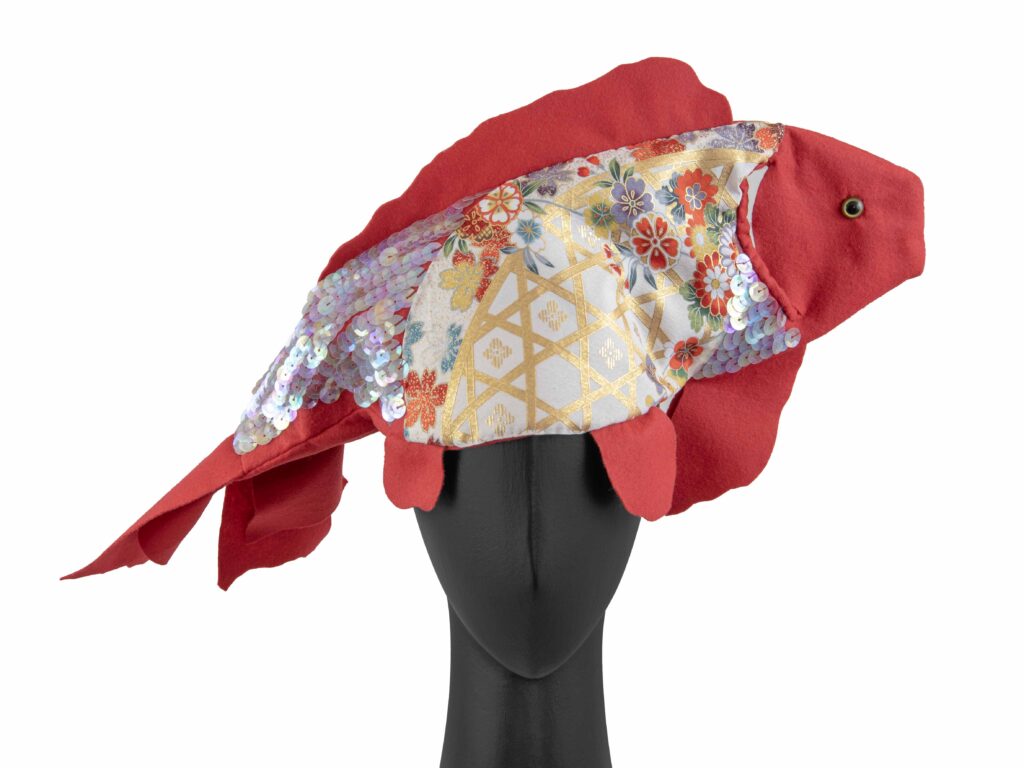
Jury’s prize
Chieko IMABAYASHI
JAPAN (Fukuoka)
“Koi”
Koi carp-shaped hat made of red baize. This ornamental fish is very present in Japanese culture, as a pattern on kimonos.
The body of the fish is covered with a white Japanese-style fabric, printed with multicoloured flowers and a gold lattice. It is surrounded by iridescent sequined scales.
